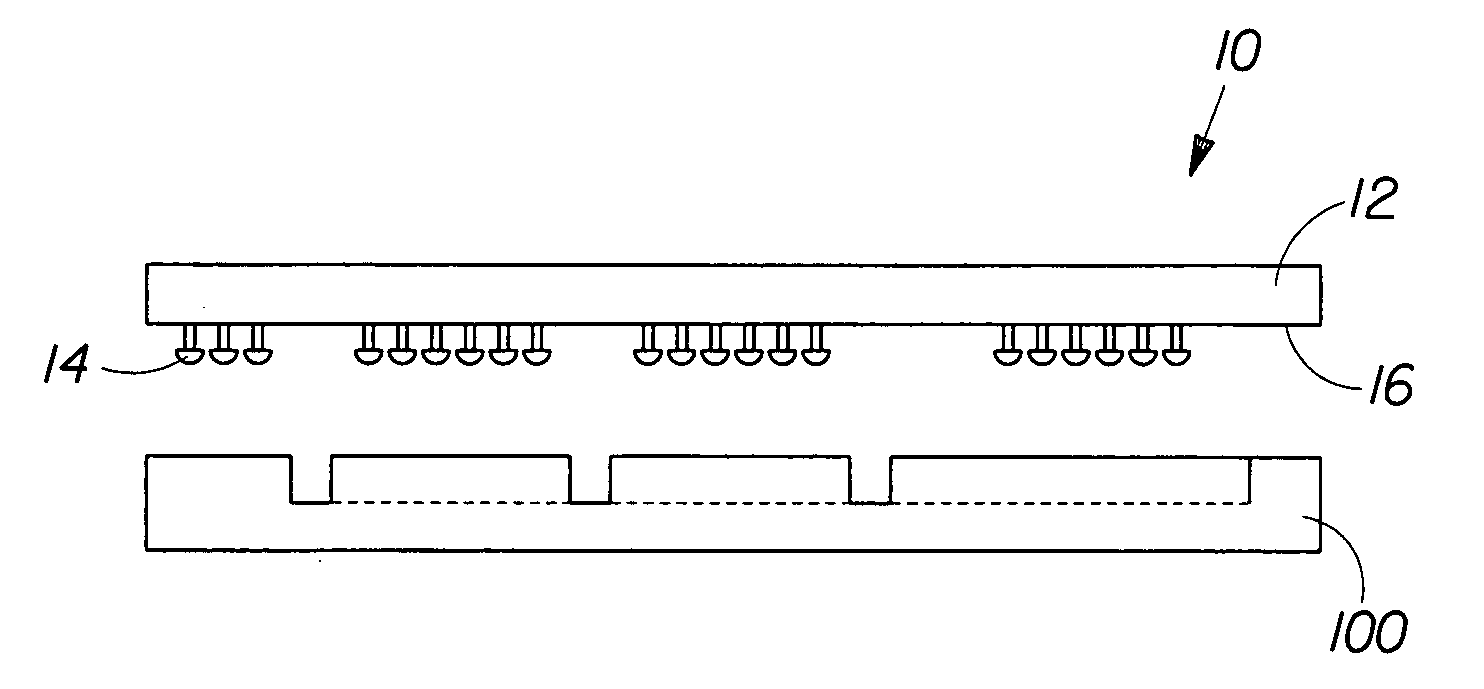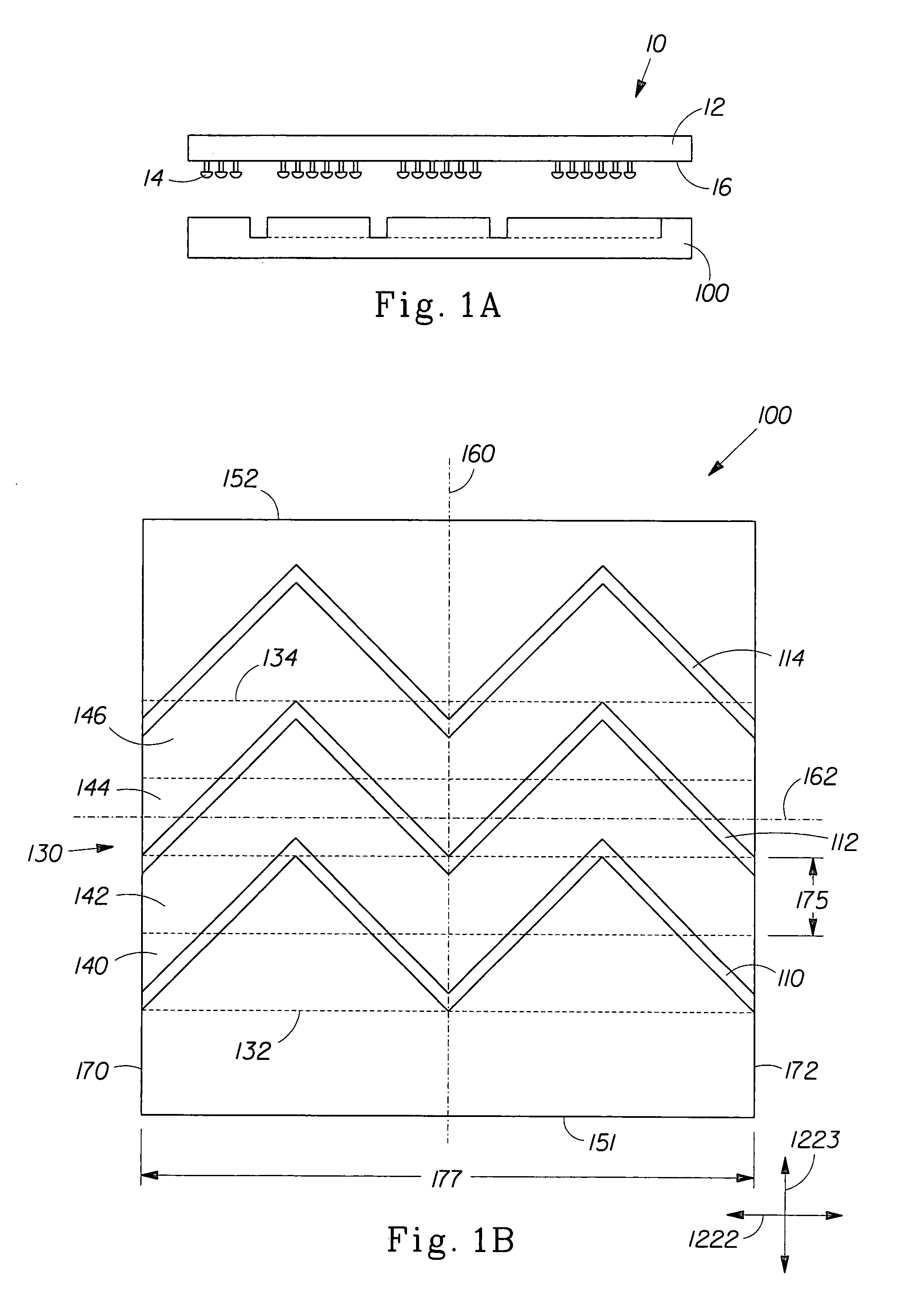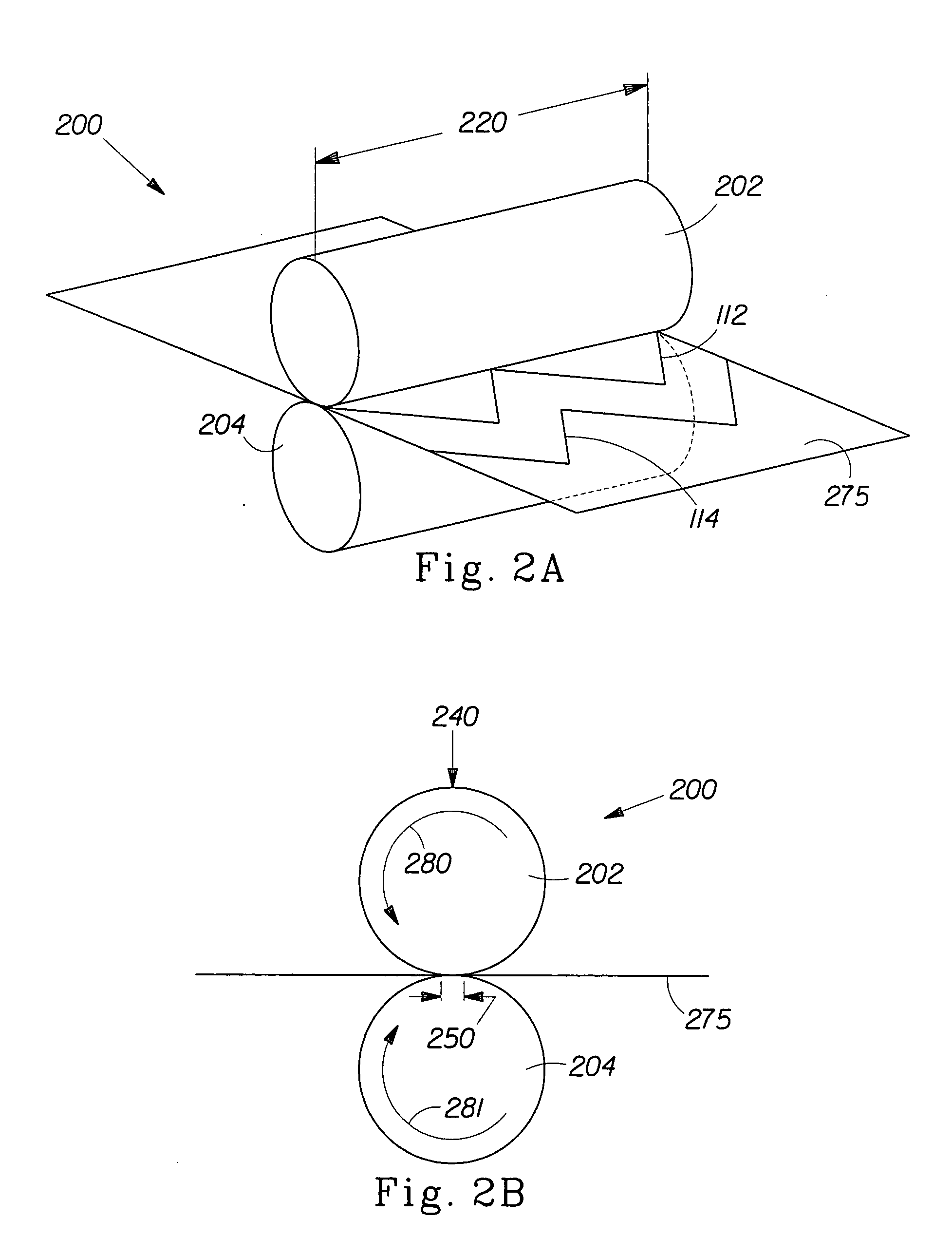Fastening system
a technology of fastening system and nonwoven web, which is applied in the direction of snap fasteners, bandages, buckles, etc., can solve the problems of large bond pattern, low shear capability, and large unbonded area, so as to reduce the likelihood of a hook and the effect of low shear capacity and low resistan
- Summary
- Abstract
- Description
- Claims
- Application Information
AI Technical Summary
Benefits of technology
Problems solved by technology
Method used
Image
Examples
Embodiment Construction
Definitions:
[0030]As used herein, the terms “absorbent article” and “article” refer to a wearable device that absorbs and / or contains liquid and, more specifically, refers to a device that is placed against or in proximity to the body of the wearer to absorb and contain the various exudates discharged from the body. Suitable examples include diapers, training pants, refastenable pants, pull-on garments, adult incontinence products and feminine care products such as sanitary napkins. Furthermore, the terms “absorbent article” and “article” include a “disposable absorbent article” which is intended to be discarded and not laundered or otherwise restored after no more than ten uses, preferably after no more than five uses, and most preferably after a single use (although certain components may be recycled, reused, or composted).
[0031]“Body-facing”, “wearer-facing”, “outer-facing”, and “garment-facing”, refer respectively to the relative location of an element or a surface of an element...
PUM
| Property | Measurement | Unit |
|---|---|---|
| length | aaaaa | aaaaa |
| angle | aaaaa | aaaaa |
| angle | aaaaa | aaaaa |
Abstract
Description
Claims
Application Information
 Login to View More
Login to View More - R&D
- Intellectual Property
- Life Sciences
- Materials
- Tech Scout
- Unparalleled Data Quality
- Higher Quality Content
- 60% Fewer Hallucinations
Browse by: Latest US Patents, China's latest patents, Technical Efficacy Thesaurus, Application Domain, Technology Topic, Popular Technical Reports.
© 2025 PatSnap. All rights reserved.Legal|Privacy policy|Modern Slavery Act Transparency Statement|Sitemap|About US| Contact US: help@patsnap.com



